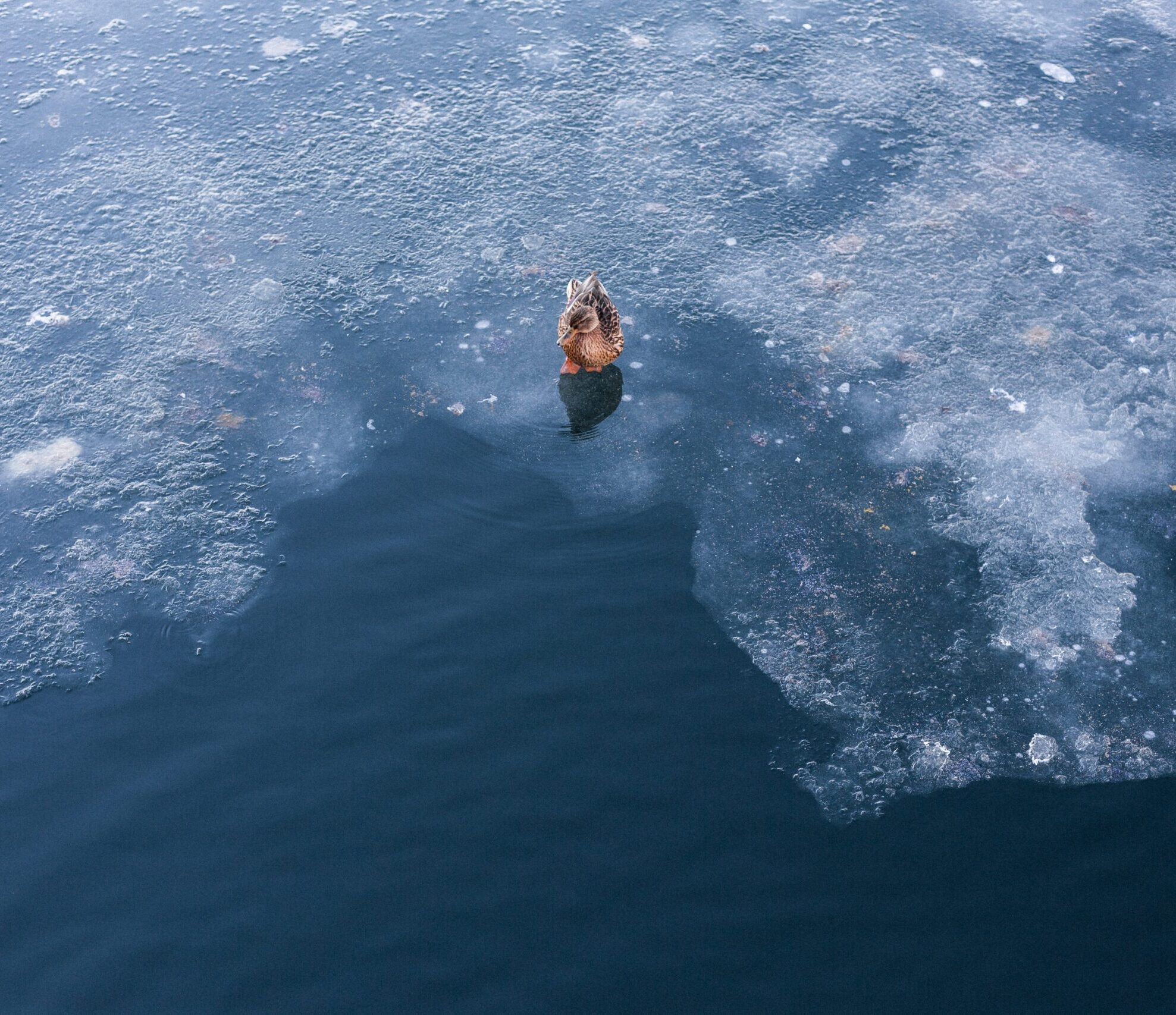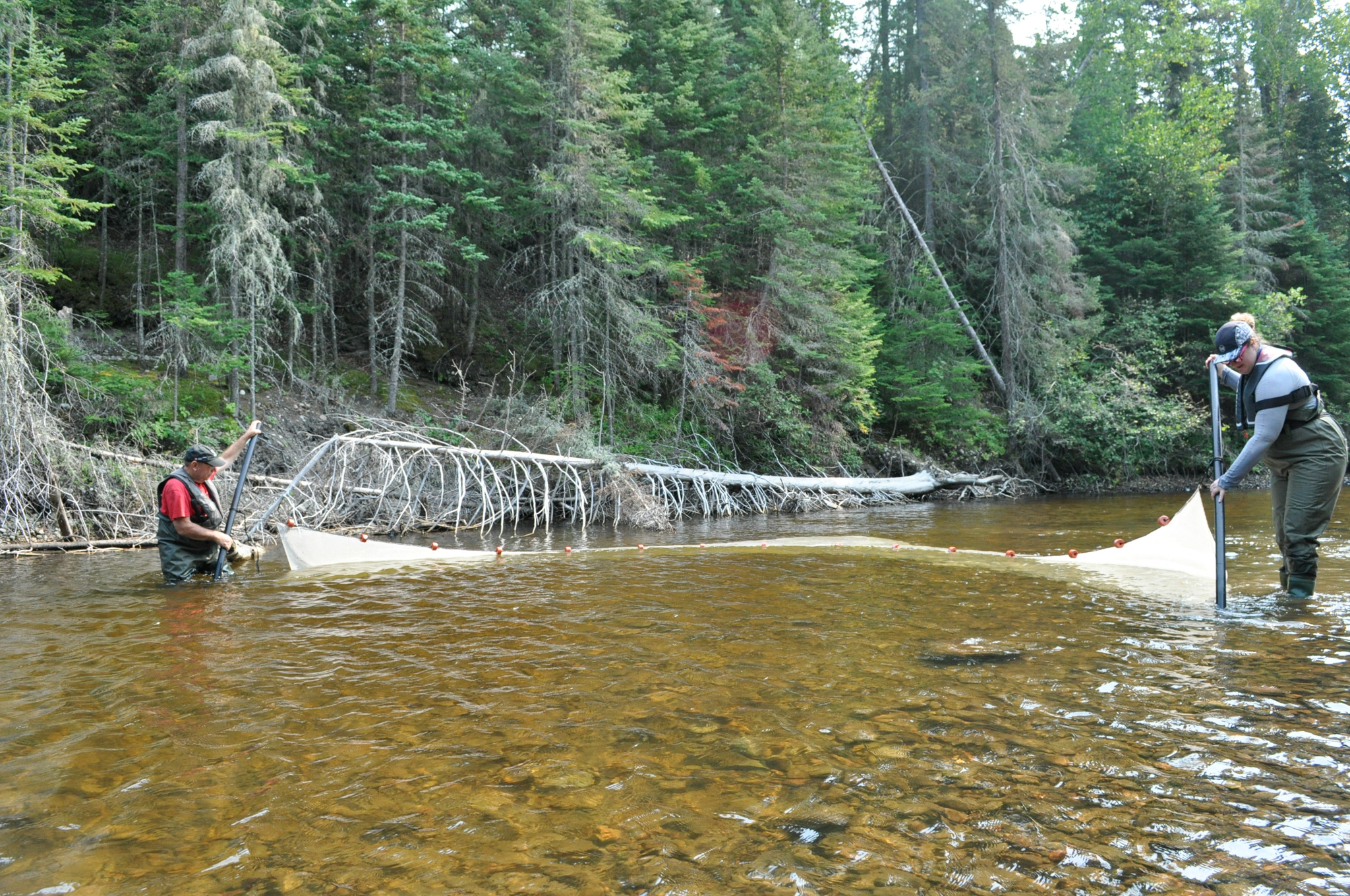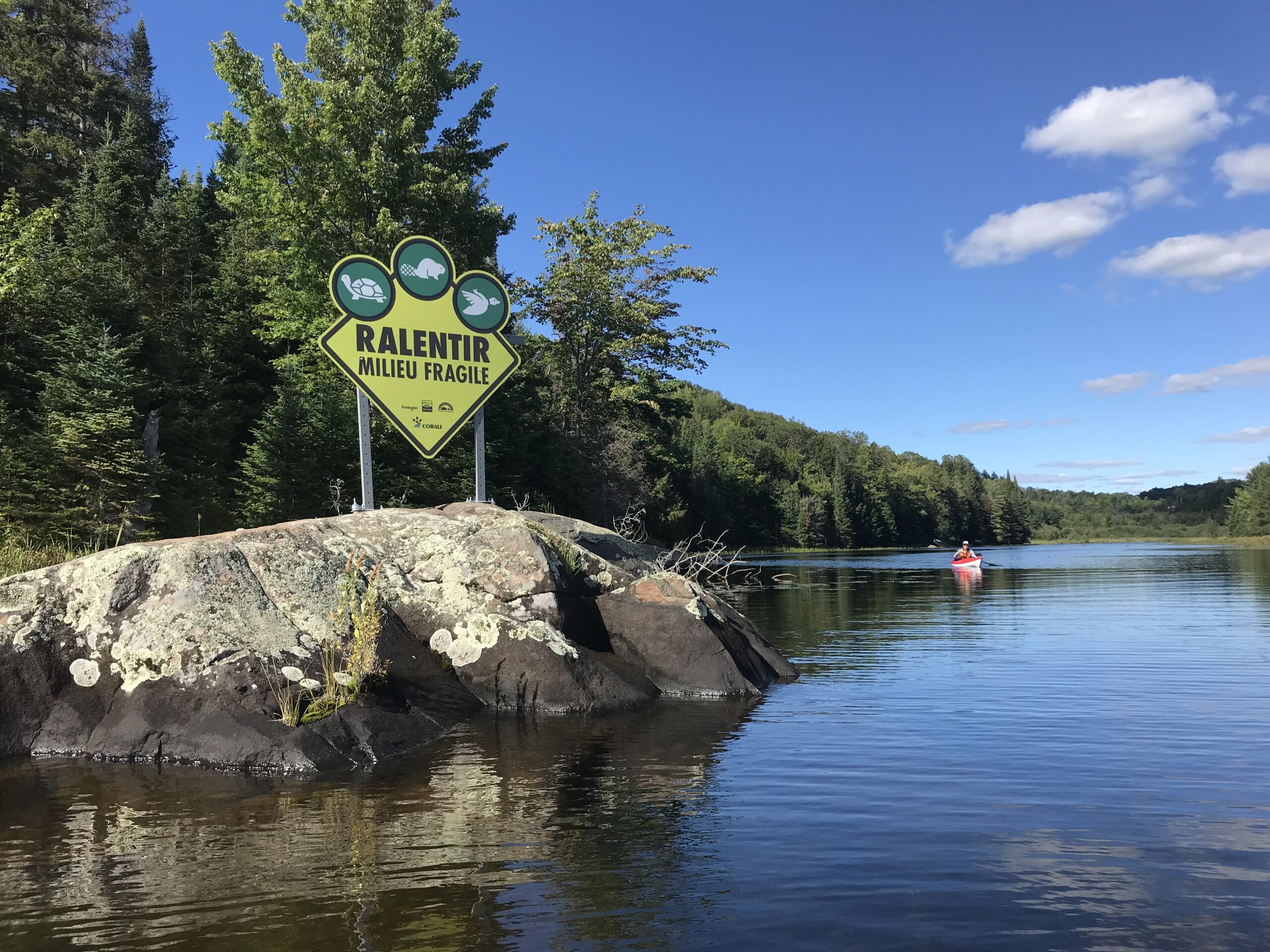
Climate Change
Position ourselves as a clean energy leader by developing and operating a renewable energy portfolio that offers innovative energy solutions and contributes to Canada’s clean energy transition.
- Climate Change Vulnerability & Resiliency
- GHG Emissions

Photo by Brian Kyed on Unsplash
Addressing the Importance of Climate Change
Recognizing the importance of climate change, Evolugen has conducted greenhouse gas (GHG) emissions inventories annually since 2017, expanding the scope of the emissions considered and improving processes year over year. In 2022, we expanded our Scope 3 emissions data collection beyond air travel, to include Category 15 for investment emissions and Category 1, 2 and 3 for construction emissions. Once again, our emissions have confirmed that Evolugen is amongst the lowest GHG emitters in the Canadian energy industry. Additionally, we are proud to offer innovative renewable energy solutions that empower partner companies to effectively curtail their own GHG emissions. In line with our vision, we are excited to announce our commitment to achieving carbon neutrality in relation to our Scope 1 and 2 emissions, encompassing our existing 2020 baseline asset portfolio. This commitment underscores our dedication to environmental sustainability and positions us at the forefront of the Canadian effort to combat climate change.
INDICATORS
6,696
GWH in power
generation
586,373
Homes powered annually
 We calculated the average annual electricity use per household in Canada using the National Energy Use Data base, and then divide our 2022 total generation by the average electricity use per household, to estimate the number of homes powered.
We calculated the average annual electricity use per household in Canada using the National Energy Use Data base, and then divide our 2022 total generation by the average electricity use per household, to estimate the number of homes powered.
0.34
tCO2e/GWh location-based emissions intensity
 The average emissions intensity reported by members from Electricity Canada is 106.0639 tCO2e/GWh Source: 2019 & 2020 Sustainable Electricity Annual Report
The average emissions intensity reported by members from Electricity Canada is 106.0639 tCO2e/GWh Source: 2019 & 2020 Sustainable Electricity Annual Report
0.18
tCO2e/GWh market-based emissions intensity
 The average emissions intensity reported by members from Electricity Canada is 106.0639 tCO2e/GWh Source: 2019 & 2020 Sustainable Electricity Annual Report
The average emissions intensity reported by members from Electricity Canada is 106.0639 tCO2e/GWh Source: 2019 & 2020 Sustainable Electricity Annual Report
In Practice
Highlight

Photo by Robyn Moffatt, Evolugen Employee
Carbon Neutral
To attain carbon neutrality, Evolugen used a science-based approach to calculate our GHG emissions, consistent with the GHG Protocol, and retired Renewable Energy Certificates to neutralize our emissions from our Scope 2, grid electricity consumption. Evolugen purchased voluntary, forestry and land use verified carbon offsets that sequestered the remaining Scope 1 carbon that we produced. Familiar with where our offsets come from, we have confirmed the offsets we purchased provide additionality.

Water Management
Manage water to maximize its positive impacts while limiting any negative impact on communities and the environment.
- Water Levels & Flows

Valuing Water Resources
Water is an essential resource that sustains all life on Earth by transporting nutrients vital for vegetation growth and the production of oxygen. Healthy rivers and oceans carry water to people, support healthy ecosystems and provide a myriad of leisure activities we all enjoy. In addition, water sources absorb and transfer heat and sequester carbon which regulate global temperatures, making them critical assets in mitigating climate change. To further combat the effects of climate change, Evolugen has harnessed this resource to generate renewable energy at our hydropower facilities.
In the past few years, we have seen both flood and drought conditions impact our operations and the communities in which we operate. These events have highlighted the proficiency with which we have been able to manage our assets and communicate effectively with government regulators, stakeholders and Indigenous communities to ensure public safety and minimize property damage. These events have also reinforced the benefits of continued improvement including analysis to better predict the impacts of changes in weather and climate. Such monitoring, analysis and continued improvements allow us to make informed management decisions in the short, medium and long terms.
INDICATORS
46
Water management plans
 33 hydropower facilities operate in accordance with water management plans, permits, licenses and/or authorizations (referred to as water management plans) that regulate our actions on the rivers and tributaries in proximity to our assets.
33 hydropower facilities operate in accordance with water management plans, permits, licenses and/or authorizations (referred to as water management plans) that regulate our actions on the rivers and tributaries in proximity to our assets.
97
Water management related
inquiries
 All inquiries were responded to by providing water conditions and conveying the constraints within which we must manage our operations.
All inquiries were responded to by providing water conditions and conveying the constraints within which we must manage our operations.
1
Incident of non-compliance associated with water quantity and/or quality permits, standards, and regulations
 Evolugen aims to ensure that we operate with strict compliance with our water management plans. A planning oversight at our Valerie Falls facility resulted in a failure to sustain or increase outflows in April. There were no impacts as a result of the incident; however, we immediately implemented additional tools and procedures aimed at ensuring compliance with water resource and regulatory requirements.
Evolugen aims to ensure that we operate with strict compliance with our water management plans. A planning oversight at our Valerie Falls facility resulted in a failure to sustain or increase outflows in April. There were no impacts as a result of the incident; however, we immediately implemented additional tools and procedures aimed at ensuring compliance with water resource and regulatory requirements.
In Practice
Highlights

Ecosystems & Biodiversity
Strive to be a leader in the protection and enhancement of natural ecosystems and biodiversity.
- Aquatic Ecosystems
- Terrestrial Ecosystems
- Invasive Species

Photo by Julie Chagnon, Evolugen Employee
Protecting our Natural Environment and its Habitats
We are committed to being good stewards of the environment, investing in and enhancing biodiversity through ecosystem understanding and the implementation of best management practices. In advance of project development, we assess the environment to plan for long term goals that will support sustainable use of ecosystems. We conduct fish and wildlife studies to understand baseline information to ensure we can mitigate potential impacts. During the operating phase of our projects, we undertake a variety of actions to avoid, where possible, and otherwise mitigate the impact of our facilities on ecosystems, including conducting wildlife studies and making operational adjustments during species migration or other key life stages. Our partnerships with communities, Indigenous Peoples, local agencies and environmental non-governmental organizations enhance our understanding of species and the ecosystems around our facilities.
Evolugen strives to continuously learn about our operations interaction with the environment and take every opportunity to improve our practices to benefit the environment. As well, we take pride in prioritizing health, safety and the environment above all else.
In 2022, to codify our commitment, Evolugen developed our Biodiversity Principles.
Biodiversity PrinciplesINDICATORS
21
Operational sites owned, leased, managed in, or adjacent to protected areas and areas of high biodiversity
 Evolugen has 21 operations sites that are either on or adjacent to protected areas such as provincial parks, conservation reserves managed by non-profit organizations, enhanced management areas and other areas of high biodiversity value, including First Nations reserves and traditional territories.
Evolugen has 21 operations sites that are either on or adjacent to protected areas such as provincial parks, conservation reserves managed by non-profit organizations, enhanced management areas and other areas of high biodiversity value, including First Nations reserves and traditional territories.
0
Fines and sanctions for non-compliance with environmental laws and regulations
 This year our business received no fines for non-compliance with environmental laws and regulations.
This year our business received no fines for non-compliance with environmental laws and regulations.
25
IUCN Red List and National Conservation List species with habitats in areas potentially affected by operations
 We identified a total of 25 species at risk, with different conservation statuses at the international or national level, with habitat in areas that might be affected by Evolugen’s operations. The identified species are fauna and flora species and include mammals, birds, reptiles, fish, mollusks and plants.
We identified a total of 25 species at risk, with different conservation statuses at the international or national level, with habitat in areas that might be affected by Evolugen’s operations. The identified species are fauna and flora species and include mammals, birds, reptiles, fish, mollusks and plants.








NEXT SECTION
Social – Building Trust